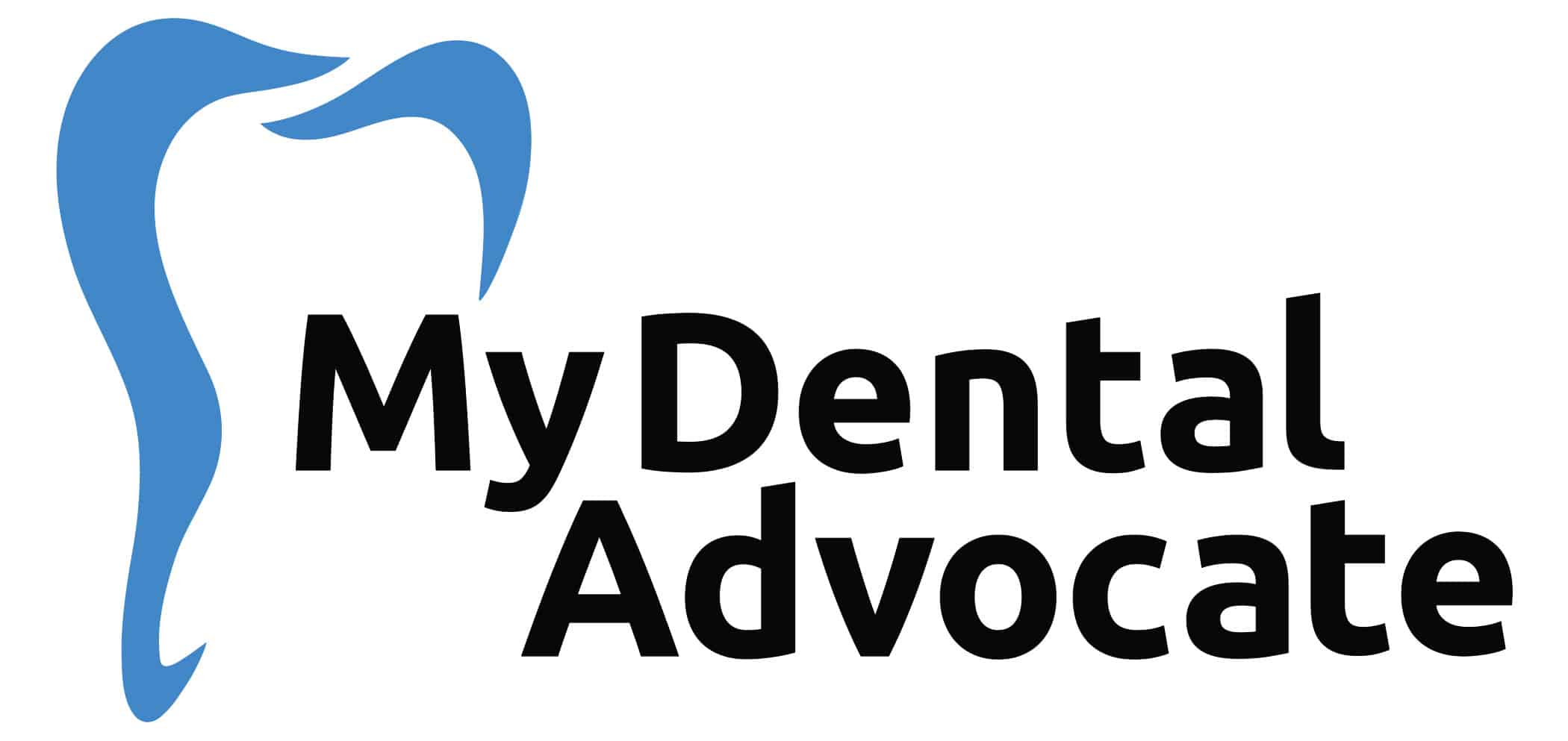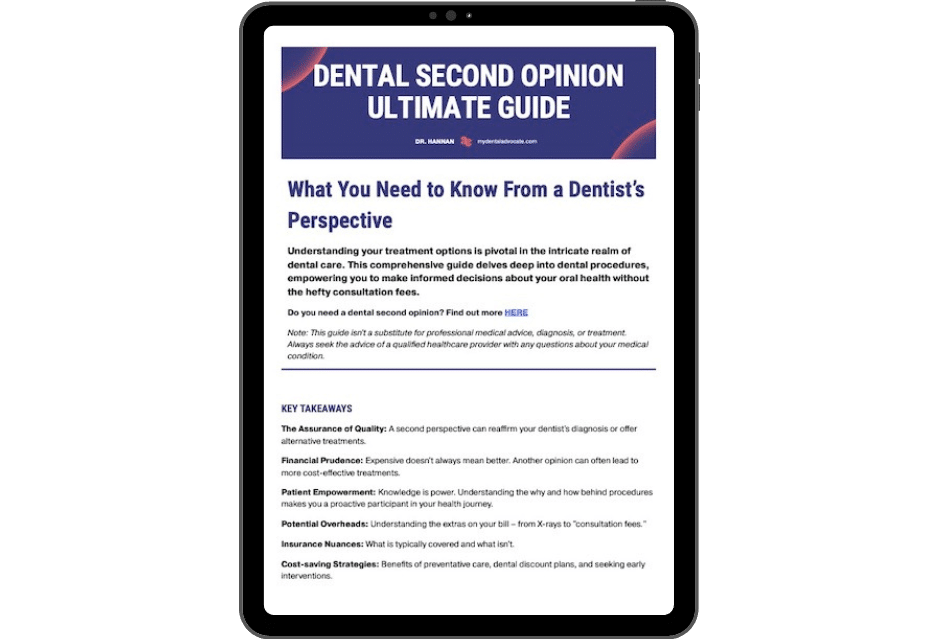Partial Denture Guide (Types, Care & Maintenance)
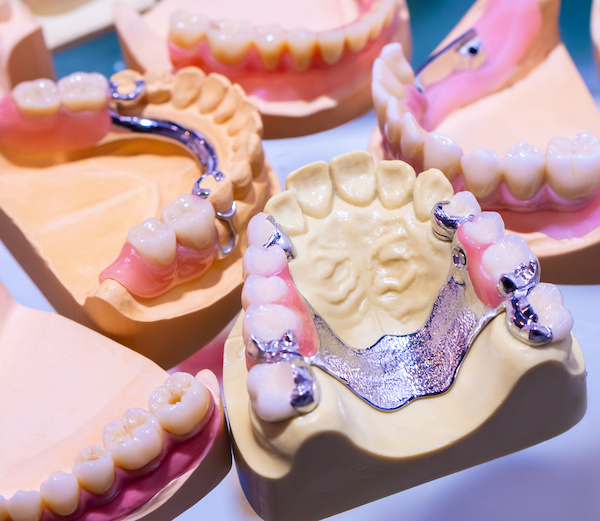
Before the invention of dental implants, partials and bridges were the primary methods for replacing missing teeth.
They’re still used today, and it’s an affordable option for replacing teeth.
Partial dentures, also known as removable partial dentures (RPD) or removable prostheses, are used to replace missing teeth in an arch.
They’re fabricated using varying materials, which we’ll analyze in this article. Partials are unique in that they can fit around your remaining teeth using metal or acrylic clasps.
On the other hand, complete dentures rely on undercuts, adequate suction, and gravity to stay in place.
Recommended Reading: Top 5 Brushing Habits to Break in 2024Types of Partial Dentures
The three most commonly used partial denture materials are metal, acrylic, and thermoplastics. Often, your clinician will favor one material for various reasons; however, don’t be afraid to inquire about the other types.
Metal Partials Pros
Metal Partials Cons
Acrylic Partials Pros
Acrylic Partials Cons
Thermoplastic Pros
Thermoplastic Cons
Understanding Partial Dentures
All partials clasp around adjacent teeth; however, the teeth support metal framework partials, whereas the gum tissue supports the other two options.
Therefore, if your adjacent teeth are weak and lack adequate bone support, an acrylic or thermoplastic partial may be better so the teeth don’t receive destructive forces when chewing.
Recommended Reading: 5 Best Mouthwash for Denture Wearers 2024 (Dentist Recommended)Also, patients with acrylic or thermoplastic partials are more prone to develop sore spots because the partials apply more significant pressure to the sensitive tissue.
Recommended Reading: Dr. B Dental Solutions Review (Denture Care)Partials are prone to be lost or damaged. Dogs won’t eat your homework; they will eat your partial. Also, don’t be surprised if food traps around the clasps or under the appliance.
Fortunately, partials are cleansable because they’re removable.
Be sure to leave your appliance in a denture cleaning solution when it’s not in your mouth to preserve and protect the material. Lastly, keep it in a spill-proof safe container, so dogs, children, or others don’t accidentally knock it over.
Partial Denture Care & Maintenance
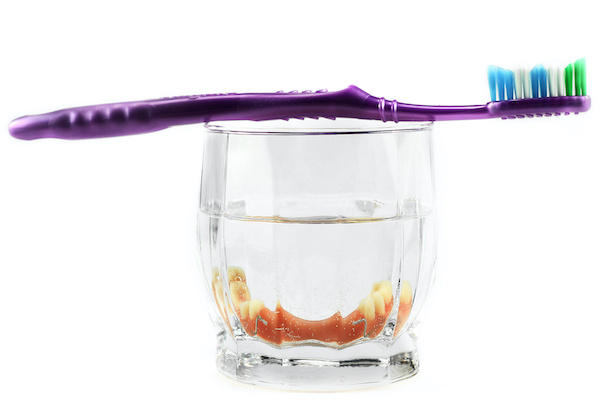
- Place a towel on your countertop or fill your sink with water to prevent your denture from being damaged if you drop it.
- Remove partial denture and rinse with cold water as hot water may warp your partial.
- Brush your denture with a denture cleaner or non-abrasive toothpaste to remove food deposits, plaque or denture adhesive.
- Rinse your partial in warm water before re-inserting, or if you are done for the night, place it in a container filled with water or denture solution.
Avoid whitening toothpaste or household cleaners to clean your partial as they may stain or damage it. Also, daily cleaning will prevent stains and odors from forming.
Be sure to gently clean around the clasps as they’re more prone to bend or break. Gum tissue may become irritated or infected if the partial is not removed when you’re sleeping.
It’s recommended that the partial is removed for at least 6 hours per day.
Considerations
It’s not uncommon for patients to receive their new partial excitedly only to return days later frustrated that they can’t eat with it.
Setting the bar at the right height is essential when going over expectations. It requires time to become comfortable with the new appliance.
Eating and speaking will be challenging for the first 4-8 weeks.
When you first receive your partial, we recommend using it for a few hours per day the first week. Increase the period in the subsequent weeks to limit sore spots and to become comfortable with your new appliance.
Sore spots are expected, so don’t be alarmed if you develop them. Your tissue constantly changes depending on hydration, health, and other factors.
Also, it will have been many weeks since you took the initial impression so minor adjustments will be needed. Your clinician will most likely schedule a follow-up visit within 72 hours to verify that it fits appropriately and adjust areas.
Denture adhesive may be necessary around the sore spots for comfort or proper retention and fit.
Related: Best MDA Recommended ProductsMy Experience & Expertise
Some patients are content with a removable appliance, whereas others will desire a more permanent option, such as a bridge or implant.
Partials commonly replace teeth because they’re durable, predictable, and affordable.
Do you need a partial, or has your clinician told you that you need one? Are you interested in other options that the dentist did not discuss with you?
My Dental Advocate’s team of board-certified dentists can provide a second opinion on your planned treatment. We look forward to bringing you peace of mind by verifying your treatment plan, suggesting an alternative, or answering your questions.
Need a second opinion? We can help! Learn more. Knowledge is power when cultivating healthy dental habits. The more informed you are, the better positioned you’ll be to prevent avoidable and potentially costly dental procedures for you and your family. Watch for future blog posts, where we’ll continue sharing important information, product reviews and practical advice!

About the Author
Dr. Matthew Hannan, also known as “Dr. Advocate,” is a board-certified dentist on a mission to provide accurate dental patient education. He attended Baylor University before completing dental school at UT Health San Antonio School of Dentistry. He now lives in Arizona with his beautiful wife and 4 kids. Dr. Hannan believes everyone should access easy-to-read dental resources with relevant, up-to-date dental research and insight to improve their oral health.

Connect with Dr. Hannan!

Brio (Ollie) SmartClean Sonic Electric Toothbrush Review 2024
Are you looking to take your oral hygiene to the next level? Meet the Brio (Ollie) SmartClean Sonic Electric Toothbrush—the game-changer in dental care. Launched in 2015 and backed by dental professionals, this innovative toothbrush offers sonic technology, multiple brushing modes, and an impressive 6-week battery life.
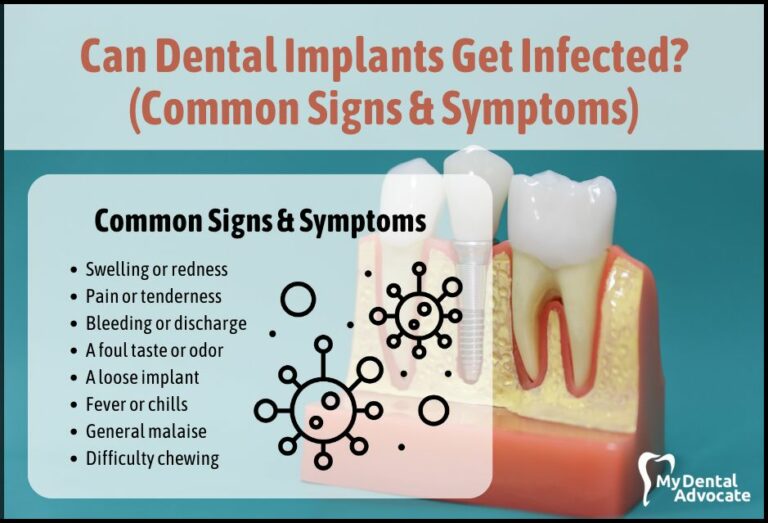
Can Dental Implants Get Infected? (Common Signs & Symptoms)
Imagine stepping out with a brand new, confident smile thanks to your dental implants. But wait, did you know even these cutting-edge solutions can sometimes face an unexpected challenge – infections?
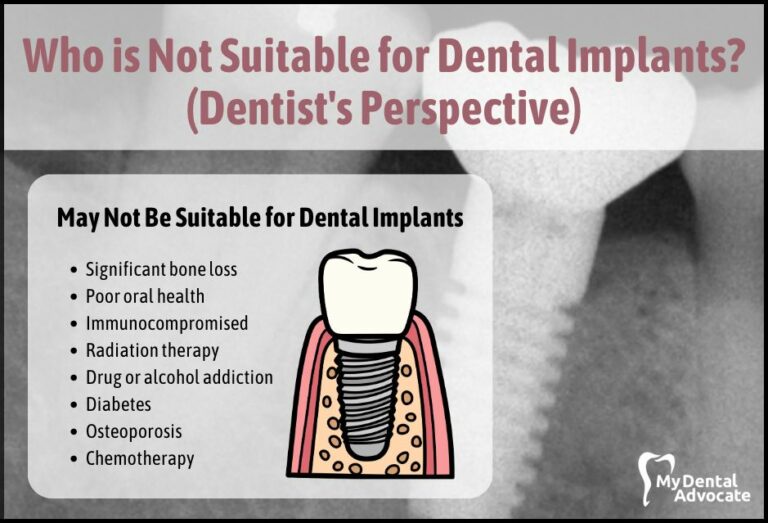
Who Is Not Suitable for Dental Implants? (Dentist’s Perspective)
Dental implants are a popular and effective way to replace missing teeth. They are a permanent solution that can improve oral health and restore your smile. However, not everyone is a good candidate for dental implants…
Gain Clarity with Our FREE Second Opinion Guide
Receive clear, expert second opinions online within 48 hours. Start today!
Product Reviews
Our 250+ dental product reviews (and counting), curated by an experienced dentist, are the most comprehensive online.
Toothbrush Genie
State-of-the-art chatbot designed to help you discover your perfect toothbrush in just a few simple steps!
Cavity Risk Assessment
Cutting-edge digital tool designed to evaluate your individual cavity risk based on your responses to a series of questions.
Gum Disease Assessment
Discover your gum disease risk with our quick and engaging 6-question assessment!
